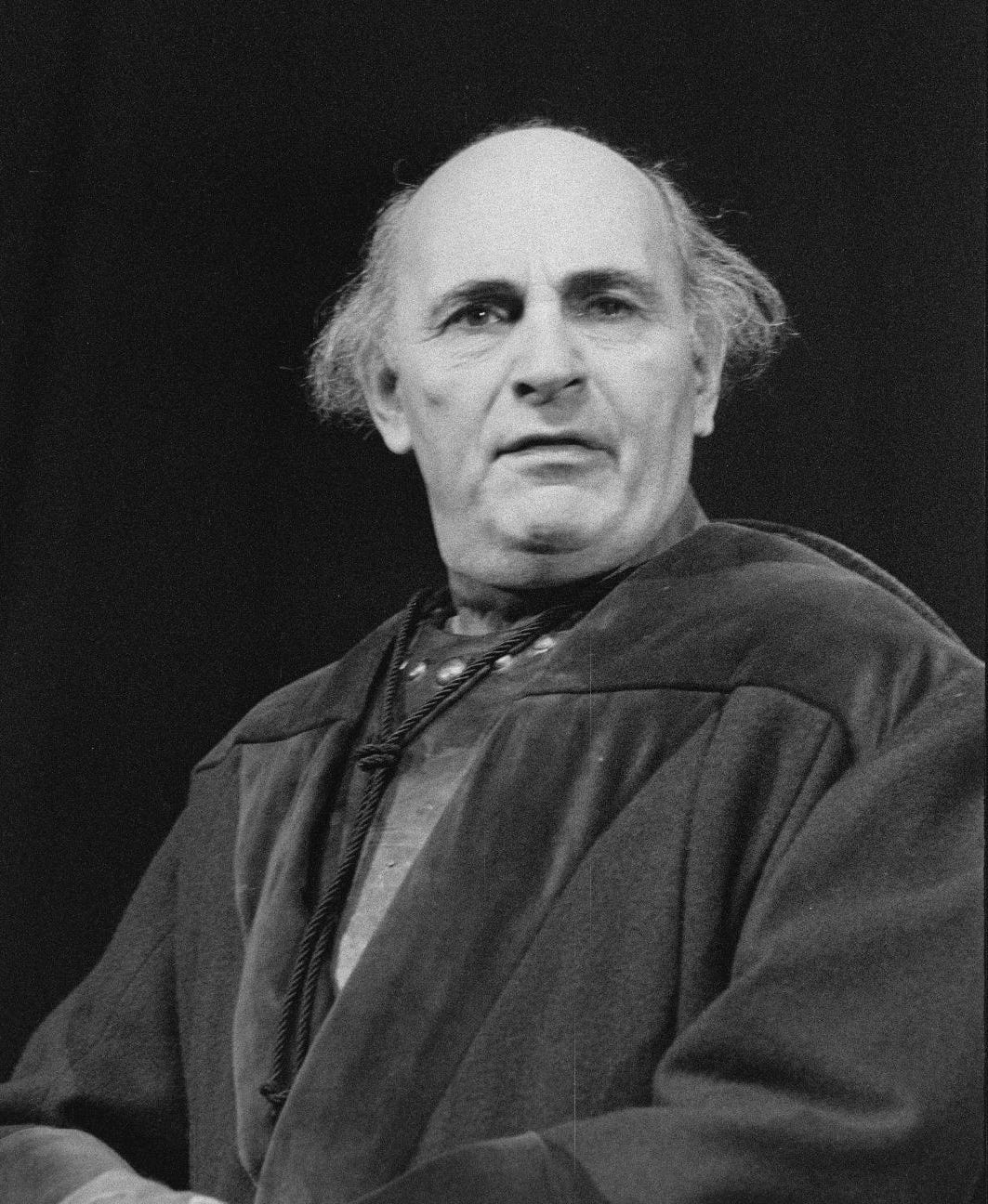Wangenheim: TV- and Radio Broadcast Features Use Tools of Drama-Writing
Emerging media of the 1960s and '70s were casting 'new light' on their subjects. Gustav von Wangenheim said this 'new' writing method was used by 'Truppe31'.

Writing in July 1973, the actor/director/playwright Gustav von Wangenheim told readers he was hearing about a new form of broadcast-writing — the “feature story” or, more recently, the “news-feature.” In the introduction to a book of his plays from the 1930s, Wangenheim noted that an East German TV station was mapping-out an entire “Features Week” — planned, in part, “to determine just what a feature actually is.”
How interesting to see the aging Gustav Wangenheim (1895-1975) — a lead actor in the classic 1922 horror flick, Nosferatu — trying to grapple with this new, still-undefined broadcast-writing format in 1973. The feature’s methodology struck him as a familiar one, however, insofar as it carried “deeper truths” within its stories — truths to be found, in part, by more intimate interviews; truths rendered through the actual voices of people who had lived the stories being told.
Writing the broadcast feature, Wangenheim declared, “is a scientific-creative communications-game.” [Ein Feature ist ein wissenschaftlich-künstlerisches (Informations-) Spiel.] Whether it is for long-form magazine work or broadcast, the appeal of writing such features, he said, is that they “examine a problem from as many points of view as possible, clarify (that problem) coherently — and reveal possible solutions.” When committed to factual material, the practiced feature-producer also “applies fictional elements for (listener/reader) clarification,” the director wrote.
This is common knowledge today — or should be: Any good writer depends upon her ability to “get beneath the skin” (or “between the ears”) of diverse and different subjects — whether those individuals become ‘protagonists,’ ‘antagonists’ or both. All writing represents some effort to empathize, to understand. Or it should.
Like the emerging “New Journalism” of that time, broadcast-features of the 1970s were a re-manifestation of Eisensteinian “dialectical montage,” as Wangenheim told his readers. (It’s easy to imagine the editorial decision-making of cutting back-and-forth among diverse ‘characters’, their points of view, or different narrator-voices and their stories — all toward manufacturing meaning for the reader/listener — often a new, dramatically interesting, or larger (bird’s-eye) view. (Many editors, filmmakers, story-tellers of all kinds — as well as their audiences — take this work for granted today.)
Wangenheim, however, was impressed — and a little unsettled, perhaps — to see the emergence of new, contemporary radio and television features, seemingly “uniting publicity and poetry, truth and lyricism” (Publicizistik und Dichtung, Wahrheit und Dichtung); narrative work that “blends the idea in one’s head with the concrete document in one’s hand.”
This, he said, “is the standard method of our feature-makers.”
Wangenheim may or may not have been aware of contemporary magazine features in the United States — Truman Capote’s “In Cold Blood” or John McPhee’s “Travels in Georgia.” (Likely, he was more familiar with the earlier “muck-raking” novels of Upton Sinclair — “The Jungle” or “Oil” — which had been translated into German before and after World War II.) In any case, the aging director said, the real work of all these fact-fiction hybrids also defined the “natural method” theater he employed alongside his Berlin activist, agit-prop ensemble, “Troupe31.”




